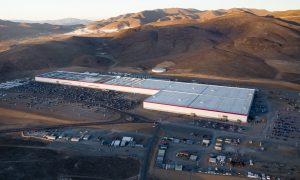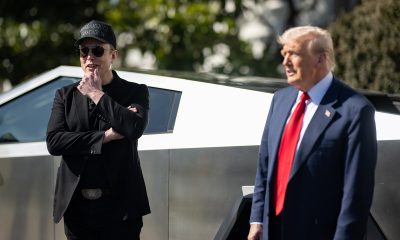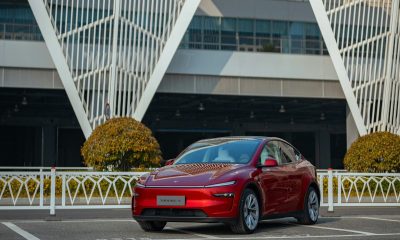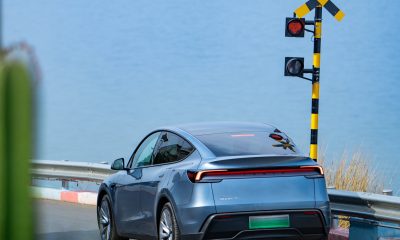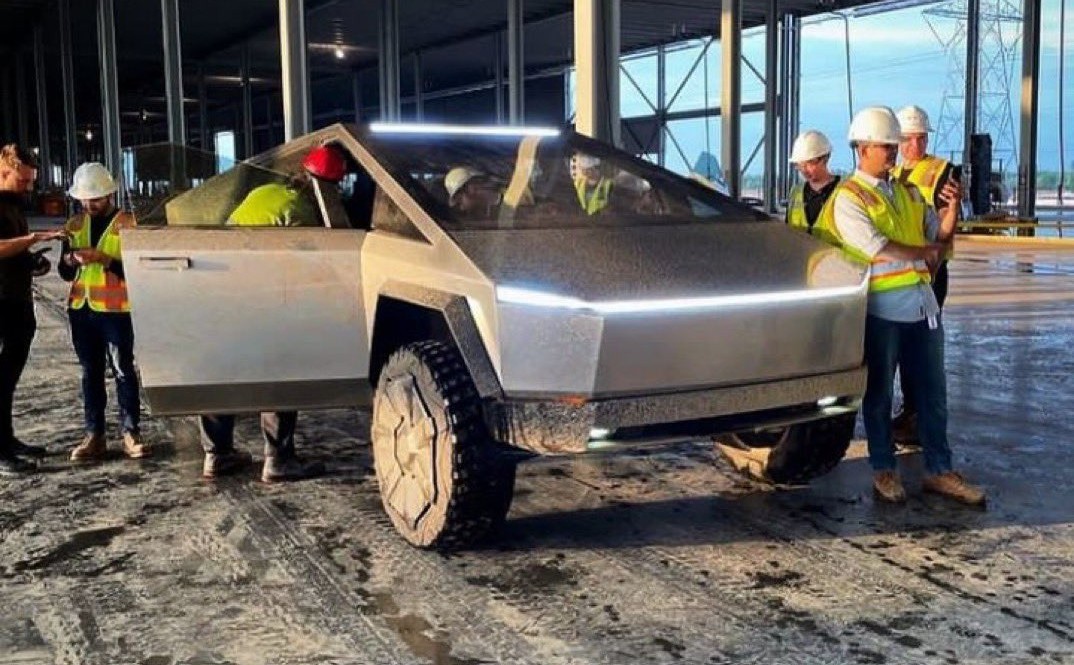

News
The Tesla Cybertruck’s looks are not as big of a deal as critics think
Just recently, Elon Musk acknowledged on Twitter that the Tesla Cybertruck might be a flop simply because it is so unlike anything else on the market. This has resulted in numerous Tesla skeptics predicting that the all-electric pickup truck’s design is so out there that the vehicle would be the company’s first true failure. Such sentiments, however, may be overblown, as the Cybertruck’s looks may not be as big of a deal as critics think.
Numbers Don’t Lie, and Specs Matter
The Cybertruck is a pickup truck, even if it does not look like a traditional truck. This means that it is designed to be capable enough to handle tasks that are typically expected of pickups. This is the reason why the Cybertruck has a large 6.5-foot bed, 100 cubic feet of exterior lockable storage, up to 3,500 lbs of payload capacity, and a towing capacity of up to 14,000 pounds. These matter, especially among buyers who actually use their pickup trucks for work.
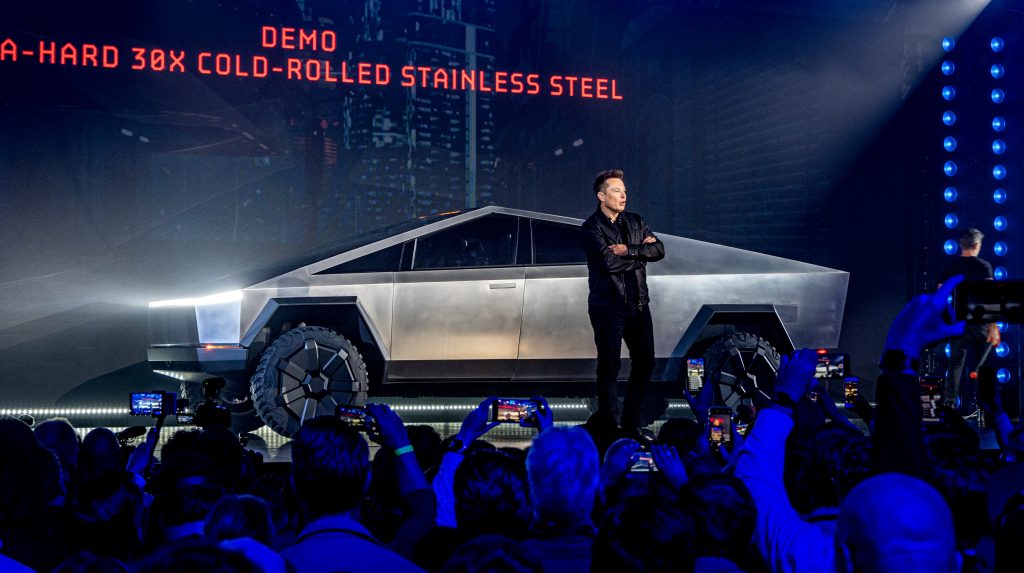
These specs are pretty hard to beat. Even the Ford F-150 Lightning, which seems to be on track to become one of the most popular all-electric pickup trucks in the market, does not match up to the Cybertruck’s specs. Even if rumors are true and the Ford F-150 Lightning really has a range above 400 miles per charge, the Cybertruck’s tri-motor variant is listed with a range of over 500 miles. Tesla has so far not disappointed when it comes to its vehicles’ EPA-rated miles.
A Reliable, Rapid Charging Network Matters
During Car and Driver‘s recent “EV 1000” test, it was revealed that the US’ best electric vehicle rapid charging infrastructure is still the Tesla Supercharger Network. There are other networks that provide rapid charging services, but few if any could match the Supercharger Network’s ease of use, reliability, and sheer size. This matters a lot for all-electric pickup trucks, many of which would likely not achieve their rated range due to the cargo they carry or the items they tow anyway.
What is rarely mentioned is that Teslas are not only compatible with the Supercharger Network. Teslas can also charge at EVgo and Electrify America stations, to name a few. This means that the Cybertruck could charge at the same rapid charging stations as rivals like the F-150 Lightning on top of the Supercharger Network. This is a notable advantage, and one that would likely be appreciated by those who drive the all-electric truck.
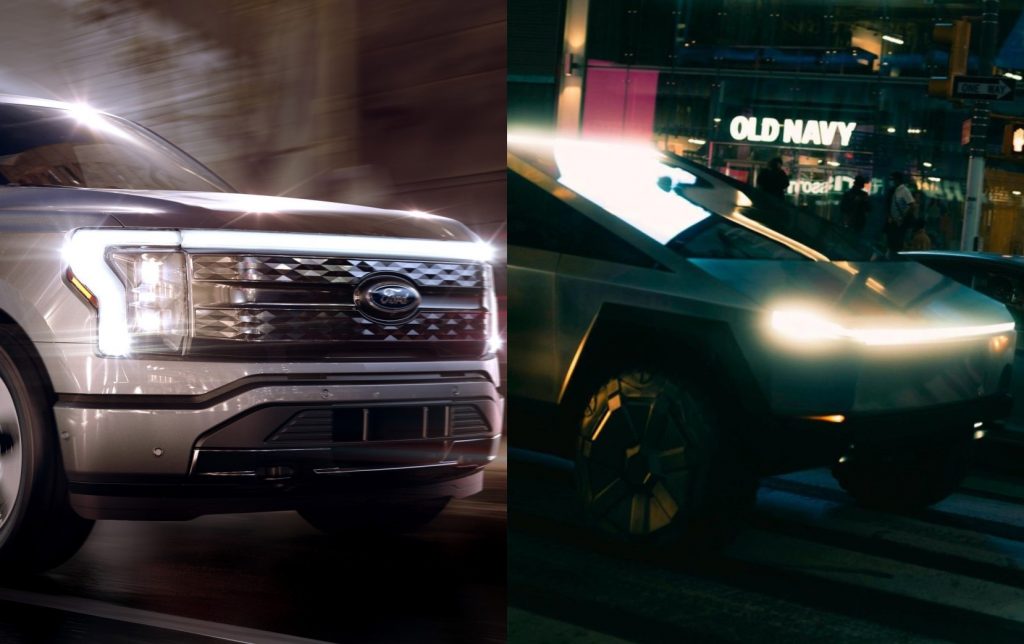
Looks May Not Matter As Much
One has to get this point out of the way. Trucks are tough vehicles that are widely expected to handle the worst that the elements can offer. The Cybertruck could definitely be described as ugly, but it’s just like other pickups in the market in the way that it’s not necessarily competing with exotic supercars in the looks department. Elon Musk may have a point when he noted that pickups have generally looked the same over the decades, and it might be time for something new.
The Cybertruck is designed to weather the worst that the elements can offer, and with its thick stainless steel exoskeleton and tank-like appearance, it definitely ticks off the boxes in the toughness department. With this in mind, reasons like “but it looks so weird” and “I’m not comfortable with its looks” almost sound pretty lame. Even businesses that operate fleets of pickup trucks would probably prefer a vehicle that’s superior in specs and price, after all, even if its looks leave some to be desired.
Besides, different does not necessarily mean that something will be a flop. Just look at the Nissan Juke. No one can deny that it looks extremely weird, but it has sold over 1 million units in the first decade of its production. Why was this so? Because it’s a dang fun car and it’s quirky, and it does crossover things in a very good crossover way. It’s fairly reliable, sturdy, and cheap to maintain. Other drivers on the road would be hard-pressed to ignore it too, for better or for worse.
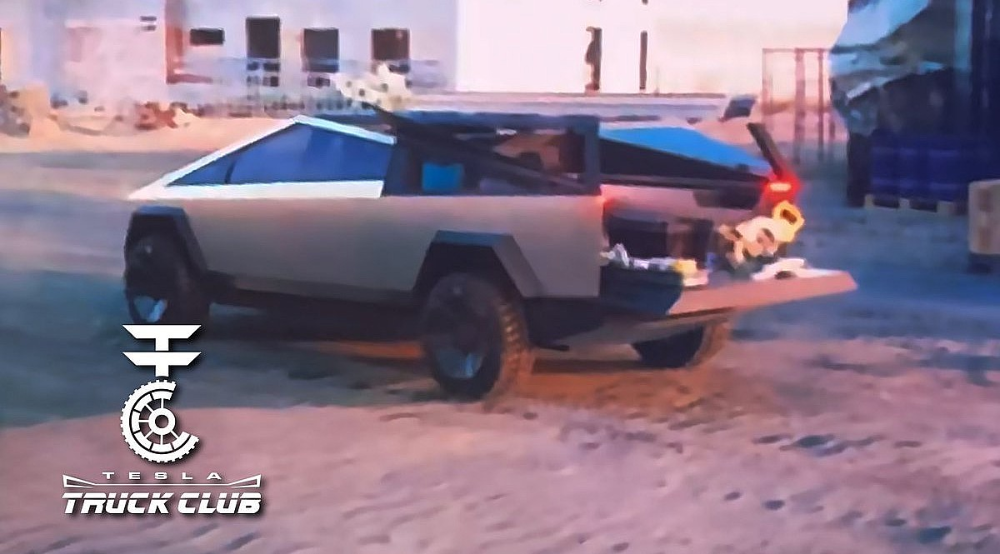
An iPhone Lesson
A pretty popular anecdote in the mobile phone industry involves the first-generation iPhone and how it was received by critics. Back then, the term “smartphone” generally referred to a fairly large handheld device with a full physical keyboard and some email capabilities. Then came a block of glass with an onscreen keyboard that offers no tactile feedback when typing. This attracted its own fair share of skeptics, many of whom felt like the device was just too strange to be a serious threat to the mobile phone giants at the time, such as Nokia and Blackberry.
Just check out this section from a 2007 review from TechCrunch, which was skeptical of the iPhone’s keyboard. “That virtual keyboard will be about as useful for tapping out emails and text messages as a rotary phone. Don’t be surprised if a sizable contingent of iPhone buyers express some remorse at ditching their BlackBerry when they spend an extra hour each day pumping out emails on the road,” the publication wrote.
So can the Cybertruck be a flop? It may, though unofficial trackers estimate that over 1 million reservations for the vehicle have been filed to date. But even if the vehicle does turn off many buyers such as die-hard truck guys who swear by their F-150s’ looks, the fact remains that the Cybertruck does not need the support of avid truck aficionados to be successful. It just has to show the world that it is a viable product with superior specs and durability at a reasonable price point. If it accomplishes this, then the Cybertruck would likely be fine.
Don’t hesitate to contact us with news tips. Just send a message to tips@teslarati.com to give us a heads up.
Elon Musk
Tesla reveals it is using AI to make factories more sustainable: here’s how
Tesla is using AI in its Gigafactory Nevada factory to improve HVAC efficiency.
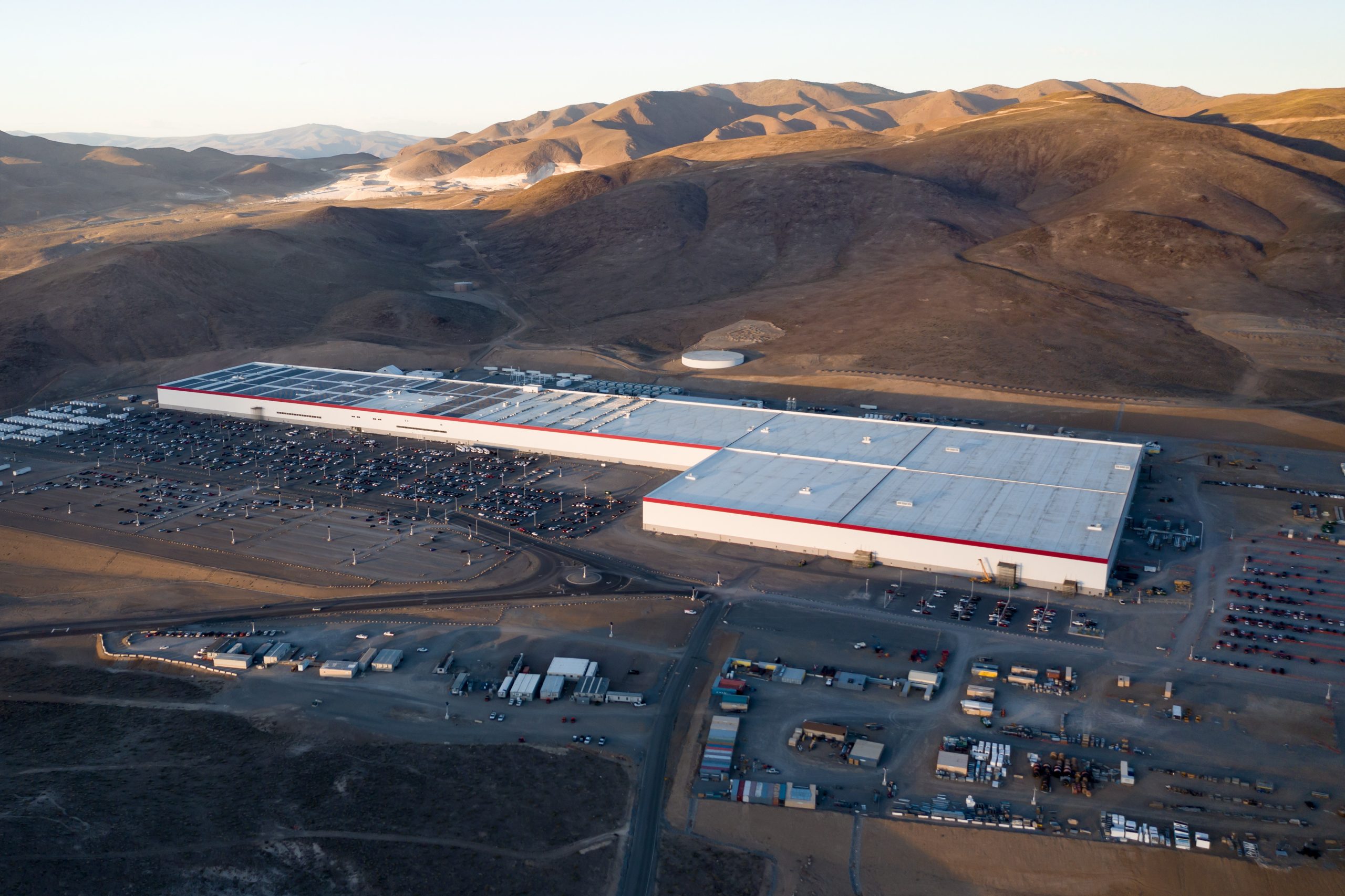
Tesla has revealed in its Extended Impact Report for 2024 that it is using Artificial Intelligence (AI) to enable its factories to be more sustainable. One example it used was its achievement of managing “the majority of the HVAC infrastructure at Gigafactory Nevada is now AI-controlled” last year.
In a commitment to becoming more efficient and making its production as eco-friendly as possible, Tesla has been working for years to find solutions to reduce energy consumption in its factories.
For example, in 2023, Tesla implemented optimization controls in the plastics and paint shops located at Gigafactory Texas, which increased the efficiency of natural gas consumption. Tesla plans to phase out natural gas use across its factories eventually, but for now, it prioritizes work to reduce emissions from that energy source specifically.
It also uses Hygrometric Control Logic for Air Handling Units at Giafactory Berlin, resulting in 17,000 MWh in energy savings each year. At Gigafactory Nevada, Tesla saves 9.5 GWh of energy through the use of N-Methylpyrrolidone refineries when extracting critical raw material.
Perhaps the most interesting way Tesla is conserving energy is through the use of AI at Gigafactory Nevada, as it describes its use of AI to reduce energy demand:
“In 2023, AI Control for HVAC was expanded from Nevada and Texas to now include our Berlin-Brandenburg and Fremont factories. AI Control policy enables HVAC systems within each factory to work together to process sensor data, model factory dynamics, and apply control actions that safely minimize the energy required to support production. In 2024, this system achieved two milestones: the majority of HVAC infrastructure at Gigafactory Nevada is now AI-controlled, reducing fan and thermal energy demand; and the AI algorithm was extended to manage entire chiller plants, creating a closed-loop control system that optimizes both chilled water consumption and the energy required for its generation, all while maintaining factory conditions.”
Tesla utilizes AI Control “primarily on systems that heat or cool critical factory production spaces and equipment.” AI Control communicates with the preexisting standard control logic of each system, and any issues can be resolved by quickly reverting back to standard control. There were none in 2024.
Tesla says that it is utilizing AI to drive impact at its factories, and it has proven to be a valuable tool in reducing energy consumption at one of its facilities.
Elon Musk
Tesla analysts believe Musk and Trump feud will pass
Tesla CEO Elon Musk and U.S. President Donald Trump’s feud shall pass, several bulls say.
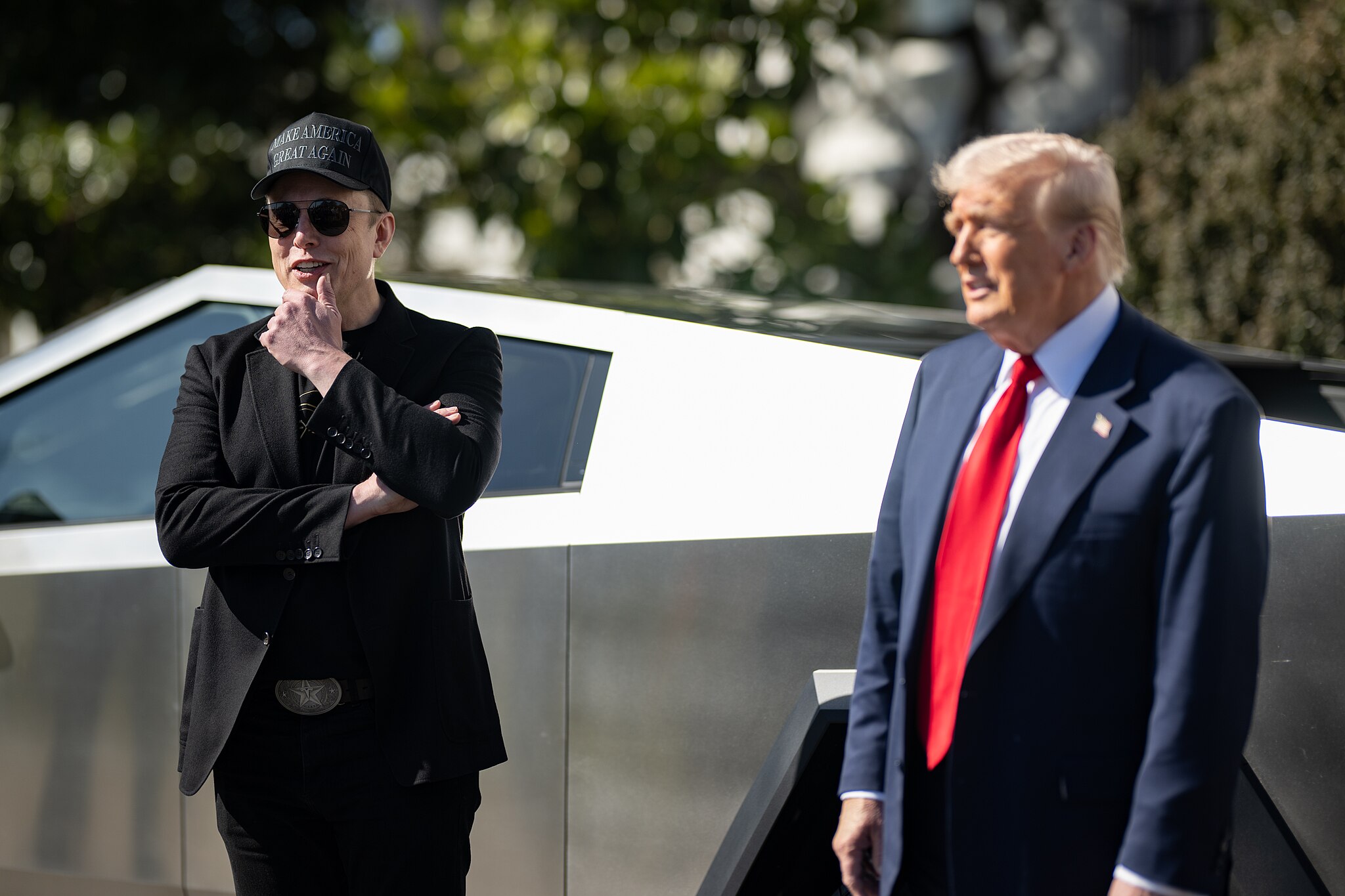
Tesla analysts are breaking down the current feud between CEO Elon Musk and U.S. President Donald Trump, as the two continue to disagree on the “Big Beautiful Bill” and its impact on the country’s national debt.
Musk, who headed the Department of Government Efficiency (DOGE) under the Trump Administration, left his post in May. Soon thereafter, he and President Trump entered a very public and verbal disagreement, where things turned sour. They reconciled to an extent, and things seemed to be in the past.
However, the second disagreement between the two started on Monday, as Musk continued to push back on the “Big Beautiful Bill” that the Trump administration is attempting to sign into law. It would, by Musk’s estimation, increase spending and reverse the work DOGE did to trim the deficit.
Every member of Congress who campaigned on reducing government spending and then immediately voted for the biggest debt increase in history should hang their head in shame!
And they will lose their primary next year if it is the last thing I do on this Earth.
— Elon Musk (@elonmusk) June 30, 2025
President Trump has hinted that DOGE could be “the monster” that “eats Elon,” threatening to end the subsidies that SpaceX and Tesla receive. Musk has not been opposed to ending government subsidies for companies, including his own, as long as they are all abolished.
How Tesla could benefit from the ‘Big Beautiful Bill’ that axes EV subsidies
Despite this contentious back-and-forth between the two, analysts are sharing their opinions now, and a few of the more bullish Tesla observers are convinced that this feud will pass, Trump and Musk will resolve their differences as they have before, and things will return to normal.
ARK Invest’s Cathie Wood said this morning that the feud between Musk and Trump is another example of “this too shall pass:”
BREAKING: CATHIE WOOD SAYS — ELON AND TRUMP FEUD “WILL PASS” 👀 $TSLA
She remains bullish ! pic.twitter.com/w5rW2gfCkx
— TheSonOfWalkley (@TheSonOfWalkley) July 1, 2025
Additionally, Wedbush’s Dan Ives, in a note to investors this morning, said that the situation “will settle:”
“We believe this situation will settle and at the end of the day Musk needs Trump and Trump needs Musk given the AI Arms Race going on between the US and China. The jabs between Musk and Trump will continue as the Budget rolls through Congress but Tesla investors want Musk to focus on driving Tesla and stop this political angle…which has turned into a life of its own in a roller coaster ride since the November elections.”
Tesla shares are down about 5 percent at 3:10 p.m. on the East Coast.
Elon Musk
Tesla scrambles after Musk sidekick exit, CEO takes over sales
Tesla CEO Elon Musk is reportedly overseeing sales in North America and Europe, Bloomberg reports.
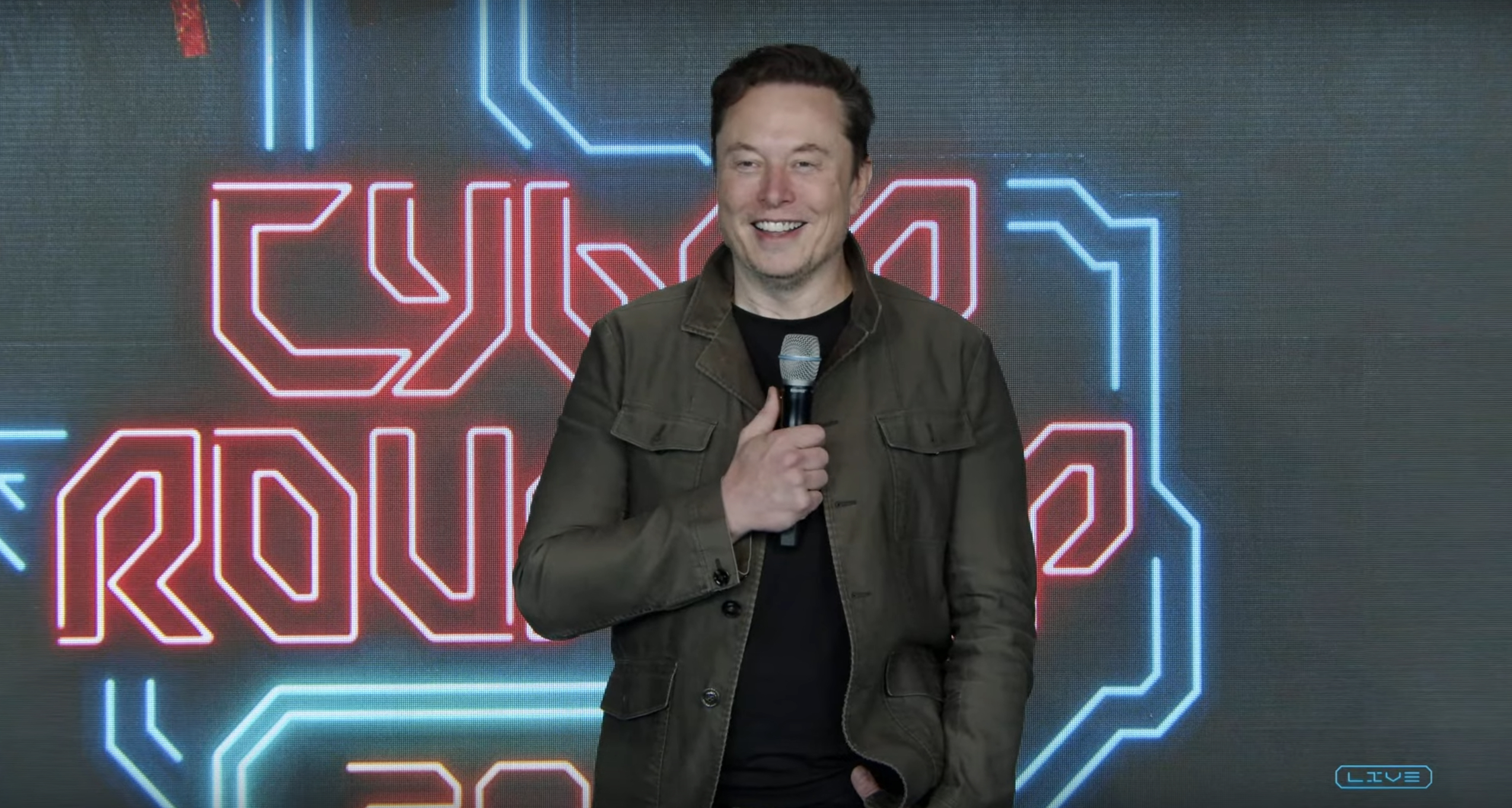
Tesla scrambled its executives around following the exit of CEO Elon Musk’s sidekick last week, Omead Afshar. Afshar was relieved of his duties as Head of Sales for both North America and Europe.
Bloomberg is reporting that Musk is now overseeing both regions for sales, according to sources familiar with the matter. Afshar left the company last week, likely due to slow sales in both markets, ending a seven-year term with the electric automaker.
Tesla’s Omead Afshar, known as Elon Musk’s right-hand man, leaves company: reports
Afshar was promoted to the role late last year as Musk was becoming more involved in the road to the White House with President Donald Trump.
Afshar, whose LinkedIn account stated he was working within the “Office of the CEO,” was known as Musk’s right-hand man for years.
Additionally, Tom Zhu, currently the Senior Vice President of Automotive at Tesla, will oversee sales in Asia, according to the report.
It is a scramble by Tesla to get the company’s proven executives over the pain points the automaker has found halfway through the year. Sales are looking to be close to the 1.8 million vehicles the company delivered in both of the past two years.
Tesla is pivoting to pay more attention to the struggling automotive sales that it has felt over the past six months. Although it is still performing well and is the best-selling EV maker by a long way, it is struggling to find growth despite redesigning its vehicles and launching new tech and improvements within them.
The company is also looking to focus more on its deployment of autonomous tech, especially as it recently launched its Robotaxi platform in Austin just over a week ago.
However, while this is the long-term catalyst for Tesla, sales still need some work, and it appears the company’s strategy is to put its biggest guns on its biggest problems.
-

 Elon Musk1 day ago
Elon Musk1 day agoTesla investors will be shocked by Jim Cramer’s latest assessment
-

 News6 days ago
News6 days agoTesla Robotaxi’s biggest challenge seems to be this one thing
-

 News2 weeks ago
News2 weeks agoTesla’s Grok integration will be more realistic with this cool feature
-

 Elon Musk2 weeks ago
Elon Musk2 weeks agoElon Musk slams Bloomberg’s shocking xAI cash burn claims
-

 News2 weeks ago
News2 weeks agoTesla China roars back with highest vehicle registrations this Q2 so far
-

 News2 weeks ago
News2 weeks agoTexas lawmakers urge Tesla to delay Austin robotaxi launch to September
-

 News2 weeks ago
News2 weeks agoTesla dominates Cars.com’s Made in America Index with clean sweep
-

 Elon Musk1 week ago
Elon Musk1 week agoFirst Look at Tesla’s Robotaxi App: features, design, and more


